The Aging Brain
- By Healthy Living Liberty Lake
- •
- 29 Aug, 2017
- •

A common complaint as people age is forgetfulness. Why did I walk into this room? Where did I put my keys? The word I want to say is on the tip of my tongue… What’s that person’s name again? Most of us over 50 can identify with these. Our most important organ is our brain, and we must do all we can to protect it from deterioration.
There are simple things you can do to improve brain health, such as:
Omega 3s – 9% of the brain is omega 3, and most of us are low in this vital fat. Take 3000-4000 mg of fish oil daily, and make sure that it is mercury free, and not rancid. Often, stores that sell fish oil with a buy one, get one free ad, know that the oil is getting old and turning rancid.
Melatonin 1-3 mg at night – neuroprotective, protecting against natural brain erosion, cell death and brain shrinkage that occurs with age. Researchers have reported that lithium inhibits beta-amyloid secretion, and also prevents damage caused by beta-amyloid protein once it’s been formed. 20-23 beta-amyloid peptide is a signature protein involved in Alzheimer’s disease: the more beta-amyloid protein, the worse the Alzheimer’s becomes. Lithium can also help protect your brain against aluminum by helping it to “chelate” it so that it can be more easily removed from the body.
Exercise – both physical, and mental exercise is important for optimal brain health.
Sleep – we need 8 hours of sleep each night, and as we age our sleep becomes disrupted. This can increase the risk of dementia or memory impairment. Try natural sleep aides first, such as GABA, kavinace, valerian root, passion balm, and melatonin before resorting to drugs, as sleep meds also increase risk of dementia. We also use CES – Cranial Electrical Stimulation, which a person can use at home for better relaxation.
Arterial flow – brain artery support is crucial for healthy brain aging and preventing dementia. The stiffness of the arteries is directly correlated with cardiorespiratory fitness: the more fit people are, the more elastic their arteries. Because arterial stiffening is a cause of reduced brain blood flow, stiff arteries can lead to a faster rate of cognitive decline and an increased chance of stroke, especially in older adults. To increase arterial elasticity, and decrease plaque build-up, we use 2 things: pomegranate juice, ¼ cup per day works better than most drugs, and a supplement called vasophil. Vasophil is a combination of citrulline and L-arginine and has been shown to improve endothelial dysfunction, or in other words, decrease arterial stiffness.
Coconut and MCT oil – I tell my patients to use coconut oil every day in their diet. It’s great for heart and brain health. Read Alzheimer’s Disease: What If There Was A Cure, by Dr. Mary Newport for more information.
We can measure brain functioning with a specialized EEG, called a quantitative EEG (qEEG). Done easily in the office, it can help us determine causes of memory impairment, and help with diagnosis and treatment of dementia, depression, anxiety, PTSD, traumatic brain injuries, and chronic fatigue.
By Dr. Susan Ashley, M.D.

By Dr. Susan Ashley, MD

By Dr. Susan Ashley, MD
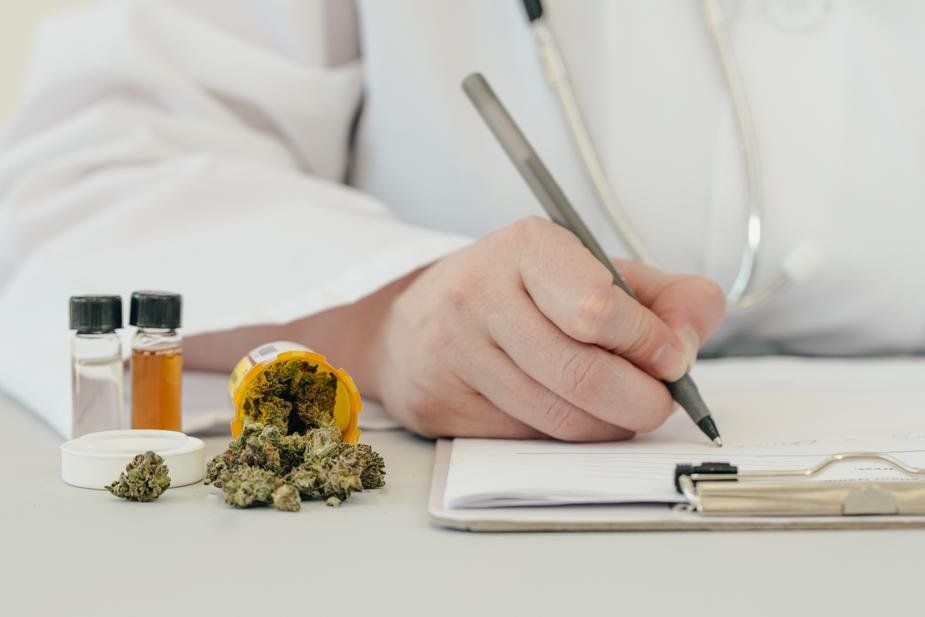
Opiates taken long term also leads to a reduced pain threshold, meaning a person on them will feel pain at a much earlier level than someone else.
There's a lot of interest now in using cannabis to reduce chronic pain, and studies have shown they can be quite effective for neuropathy, migraines, spasticity and joint pain.
However, it doesn't always work, and now a new study shows why.
Then at the end of the 4 years, the people who used cannabis for pain had greater pain severity scores They also found that the meds and other remedies taken for pain were less likely to be effective. In addition, they had greater generalized anxiety disorder severity scores. The bottom line-- the cannabis users were not able to decrease the use of narcotics. Why?
Because of the well known fact that chronic narcotic use decreases pain threshold. In fact in some people the threshold becomes so low that even minor pains can seem intolerable. In essence, the narcotics cancel the pain relieving effects of the cannabis.
Chronic opiates should be avoided as much as possible in chronic pain. Tolerance develops quickly, addiction can occur, and pain threshold is lowered. If you have chronic pain, use other modalities first to try to alleviate the pain. This includes cannabis, acupuncture, anti-inflammatory drugs, weight loss, energy medicine, and stem cells. We have used IV stem cells for reduction of neuropathy pain with good effects.
By Dr. Susan Ashley, MD

Not only that, but those who walked at a fast pace reduced their risk of death even further, by 24 percent.
All it took was putting one foot in front of the other a little more quickly!
And when the researchers zeroed in on cardiovascular disease deaths among participants over age 60, the results were even more striking.
Compared to the slowest walkers, average-paced walkers slashed their risk of dying from cardiovascular disease by 46 percent -- and the fast-paced walkers slashed it by a whopping 53 percent.
Now, the study didn't determine exactly how walking at a faster pace can add years to your life. And how fast do you have to walk just to hit the "average" mark? How brisk is brisk?
In the study, a "fast" pace was defined as one that makes you slightly out of breath or sweaty when sustained. That could vary depending on how much you weigh, how much sleep you got, how much you ate earlier in the day, etc. So there was no exact speed such as 3 mph or 4 mph.
By Dr. Susan Ashley, MD
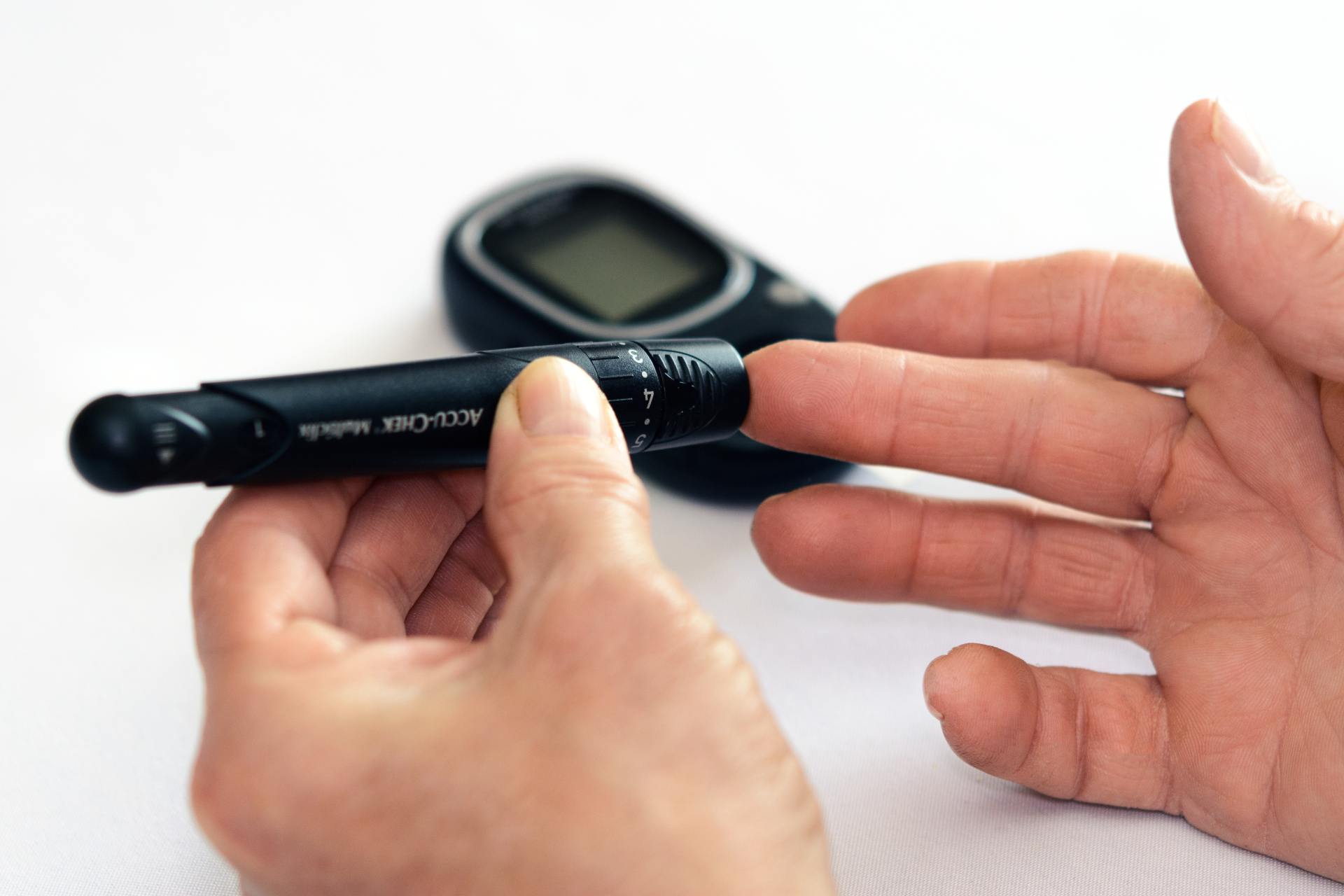
By Dr. Susan Ashley, MD
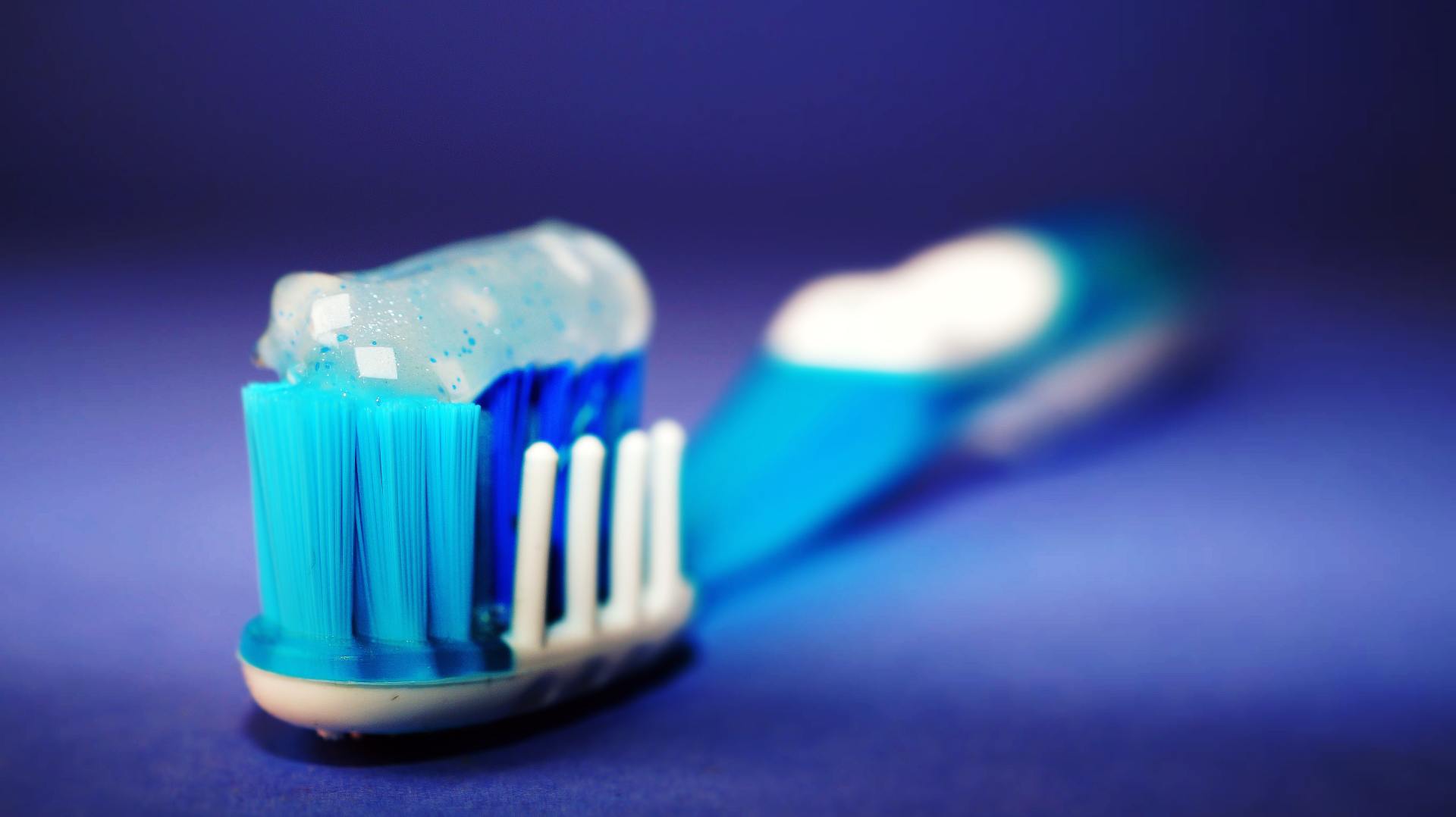
Side effects of triclosan include:
- About 1/2 cup coconut oil
- 2-3 Tablespoons of baking soda
- 2 small packets of stevia powder
- 15-20 drops of peppermint or cinnamon essential oil
- 10 drops myrrh extract (optional)
Natural Toothpaste Instructions
- Melt or slightly soften coconut oil.
- Mix in other ingredients and stir well. If using semi-hard coconut oil, use a fork, if not, use a spoon. If you are using completely melted coconut oil, you will need to stir several times while the mixture cools to keep the baking soda incorporated.
- Put mixture into small glass jar (I make different ones for each family member)
- Let cool completely.
- To use: dip toothbrush in and scrape small amount onto bristles. Could also use a small spoon to put on toothbrush.
By Dr. Susan Ashley, MD

By Dr. Susan Ashley, MD

By Dr. Susan Ashley, MD
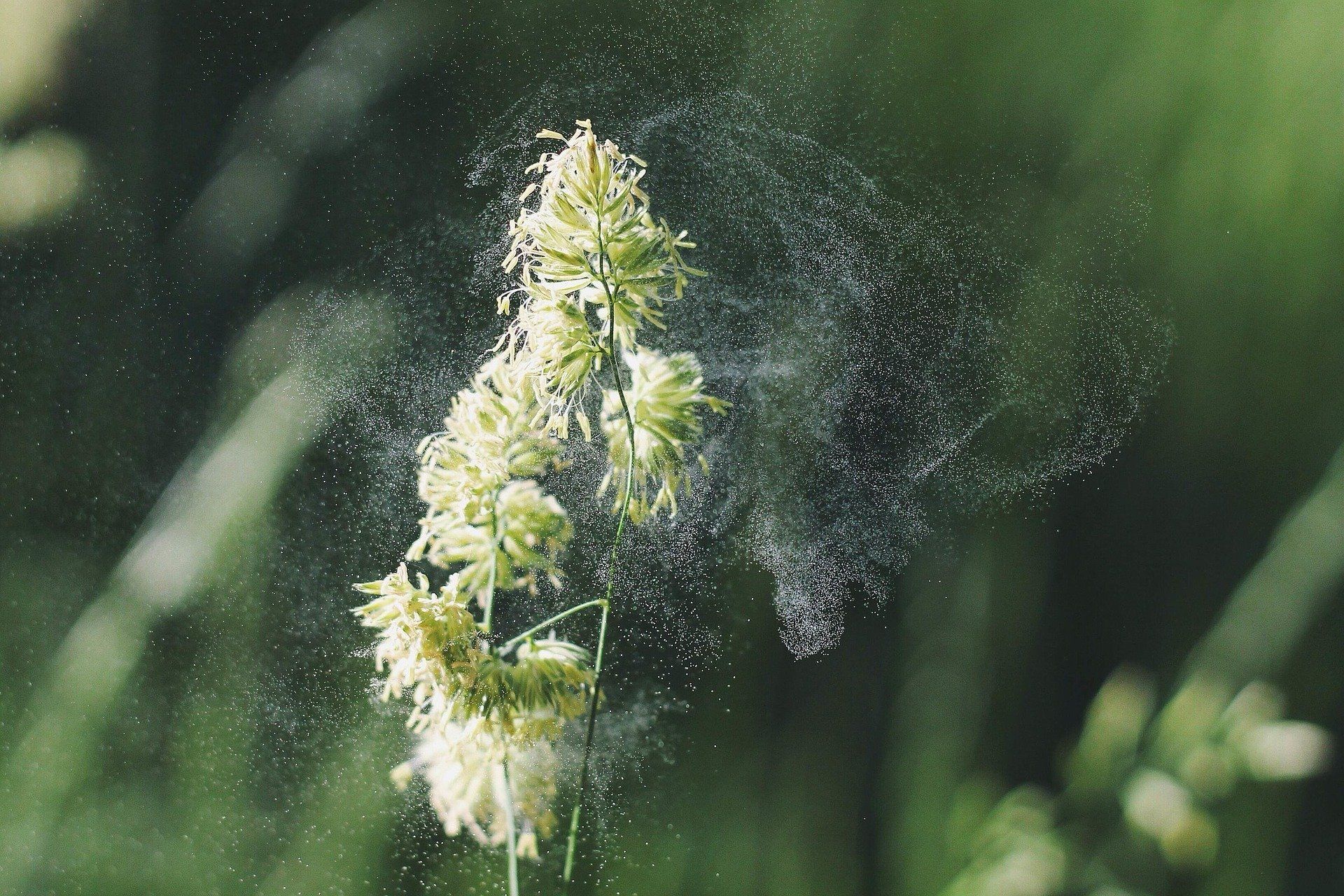
By Dr. Susan Ashley, MD
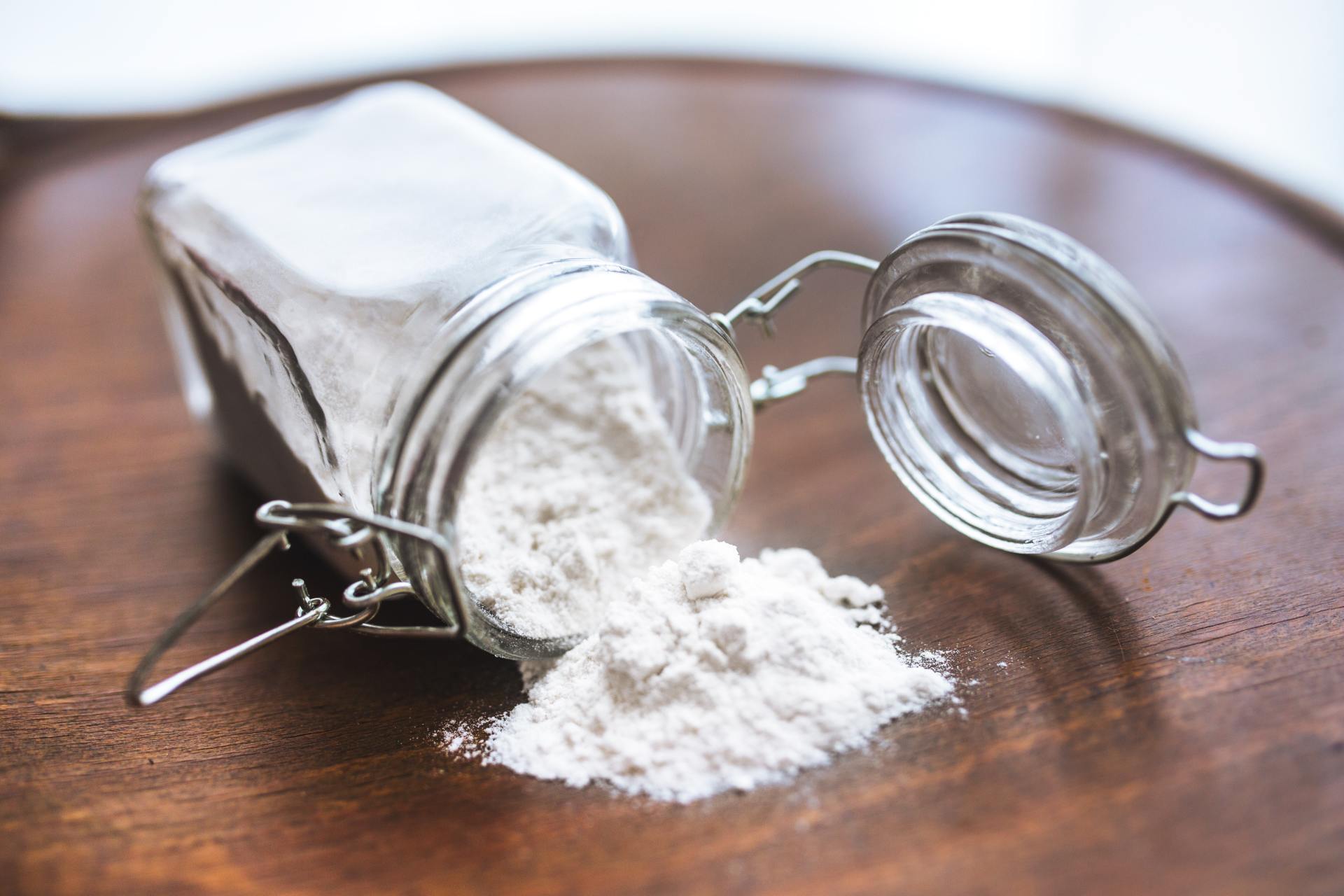
By Dr. Susan Ashley, MD
